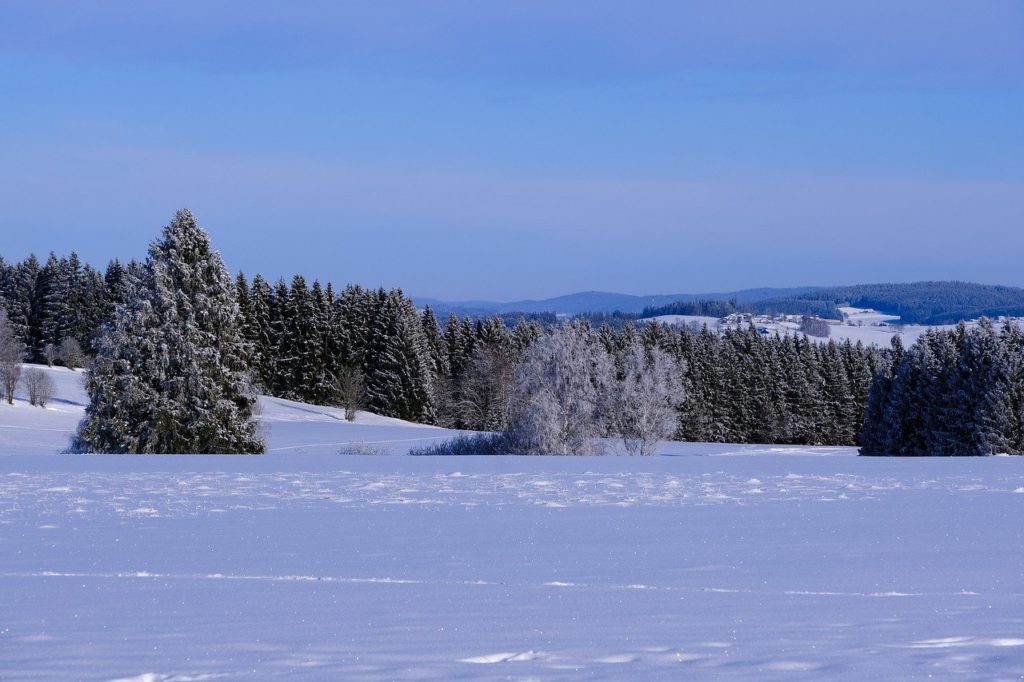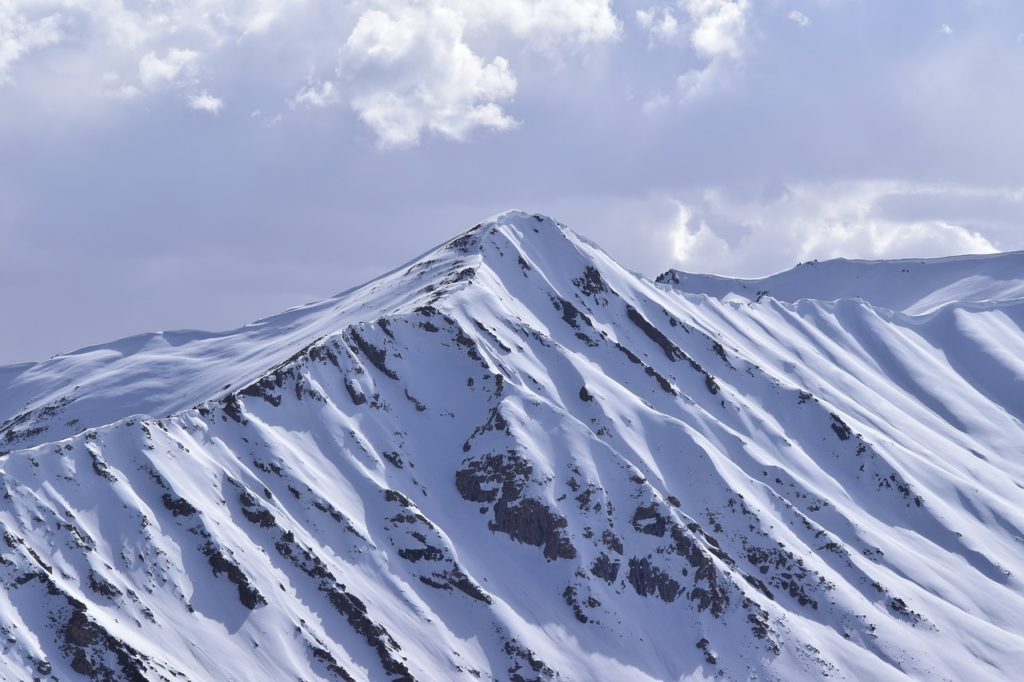Did you know that the World Health Organization (WHO) has named climate change as the greatest threat to global health in the 21st century? Climate change is defined as the long-term change in temperature and weather patterns, which is primarily caused by human activities that lead to the emission of greenhouse gases. These gases trap the Sun’s heat and result in global warming and climate change. Burning of fossil fuels, deforestation, increased livestock farming, use of fertilizers that contain nitrogen, and use of equipment that emit fluorinated gases are a few of the major causes of climate change.
The global temperature and the concentration of carbon dioxide have been increasing for the last century, primarily due to the emission of greenhouse gases. From 1880 to 2015, the global temperature has increased by 0.87 degrees Celsius.
India ranks 4th on the list of countries most affected by climate change in the time span from 1996 to 2015. The rise in temperatures on the Tibetan plateau are causing the Himalayan glaciers to retreat, thereby affecting the availability of fresh water for use by humans and for agriculture. The retreat of glaciers has affected the flow rate of rivers such as the Ganges, Yamuna, and the Brahmaputra. A report by the World Wide Fund for Nature (WWF) in 2007 stated that climate change may result in the Indus river running dry. Among all the Indian states affected by climate change, Jammu and Kashmir is one of the most severely affected, given its geography.
The Kashmir Valley is surrounded by the Himalayas and the Pir Panjal range, and it spans about 15,948 sq. kms. The climate in the valley is moderate due to its geographic location. The normal annual precipitation is 823.9 mm, which has increased in the last few years and so has the relative humidity.
The world’s average temperature rise in the last 100 years has been surpassed by that in Jammu and Kashmir. While the world’s average increase is 0.8 to 0.9 degrees Celsius, J&K has recorded a temperature rise of 1.2 degrees Celsius.
It is speculated that by 2030, the number of rainy days in Jammu and Kashmir will increase considerably. It may vary between 1268±225.2 and 1604±175.2 mm. Similarly, a significant rise in the annual temperature of the state has been predicted.
Effects of Climate Change in the Kashmir Valley
- 20% of the biodiversity in the Kashmir valley thrives on the wetlands. Climate change will have a negative impact on these wetlands
- Horticulture, one of the main industries in Jammu and Kashmir, as well as the agricultural sector, will have to face the adverse effects of climate change. Primarily, crops or fruit plants that depend on the rains will suffer due to the decrease in precipitation.
- The production of wheat, rice, and mustard is also estimated to decline. Vegetable production has reduced by 30% and oilseed production has declined by 69%.
- The yield per hectare of apples has reduced considerable in the last few decades. The Directorate of Economics and Statistics, Government of Jammu and Kashmir’s Annual publication 2013-14 states that climatic changes have halved the produce of rice, maize, wheat, barley, pulses and oilseeds in the Kashmir Valley.
- Saffron production in Kashmir has declined considerably in the last 20 years
- Climate change has led to the lowering of groundwater resources and the drying up of mountain springs in the Kashmir Valley
- Changing weather patterns have already led to a fall in water level of Kashmir’s rivers, which in turn is hampering the generation of hydroelectricity in the state
- Winter sports in Kashmir have been adversely affected due to dry spells. This has a negative impact on the tourism industry of the state.
- Global warming has disrupted the snowfall pattern in Kashmir and resulted in warmer winters
- Climate change leads to natural disasters such as floods or droughts, storms, and extreme temperatures. Climate experts have predicted that deteriorating weather conditions in the Kashmir Valley would result in excessive rains, hailstorms, cloud bursts, colder summers, and rising winter temperatures.
- In a report by the Climate Change Cell of the state government, ‘The Jammu and Kashmir State Action Plan on Climate Change’ has stated that Kashmir is “heading for a peculiar climatic scenario with the net temperature going up”.
- It is speculated that if the climate change continues this way, Kashmir would have to import the food this state once produced in its own soil.
Thus, we can see that the impact of climate change on the Kashmir Valley has affected the biodiversity as well as the economy of the state. The wildlife, forests, fisheries, and water resources face a threat, as well as diverse businesses ranging from horticulture to tourism. This environmental threat has to be addressed at the earliest.



